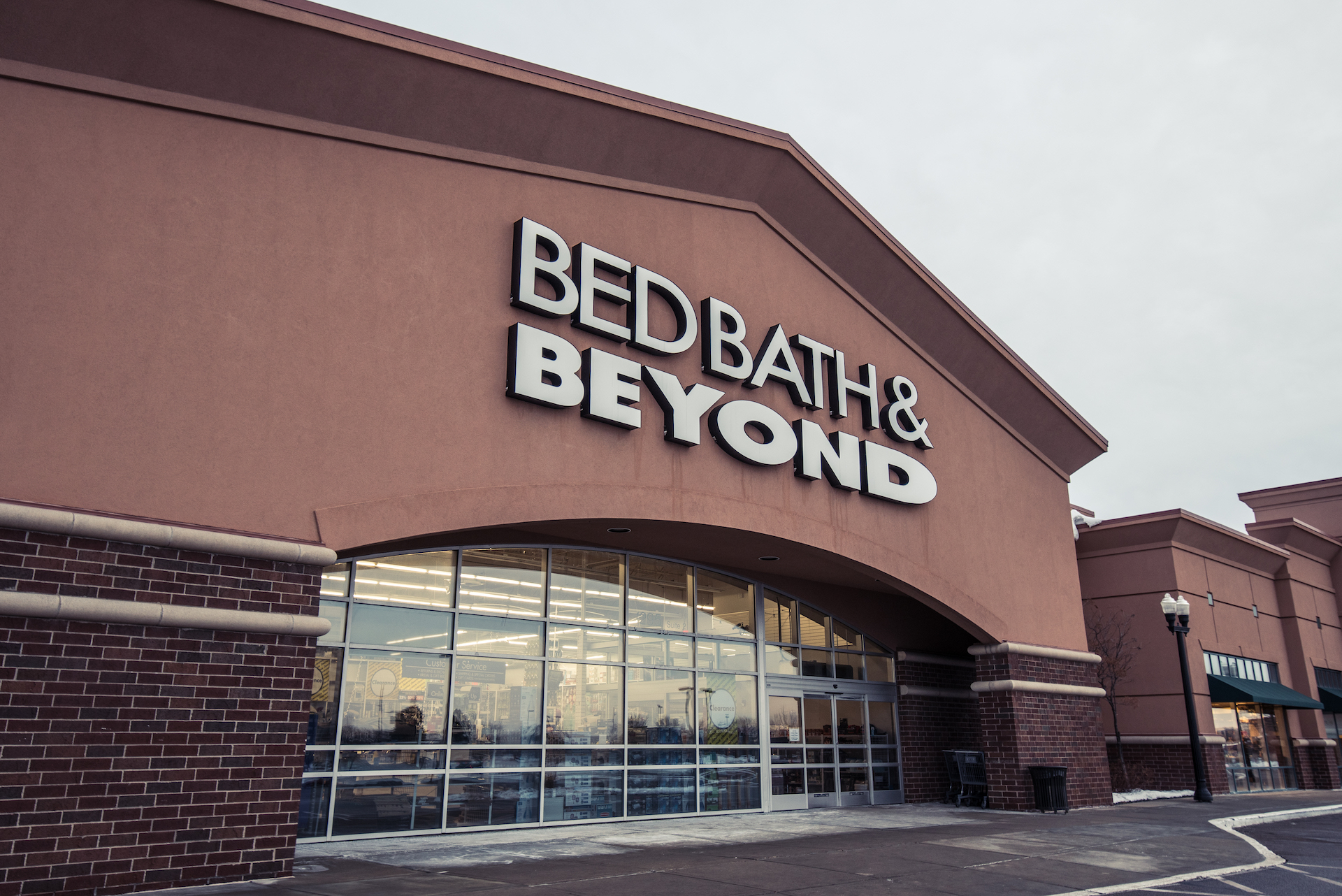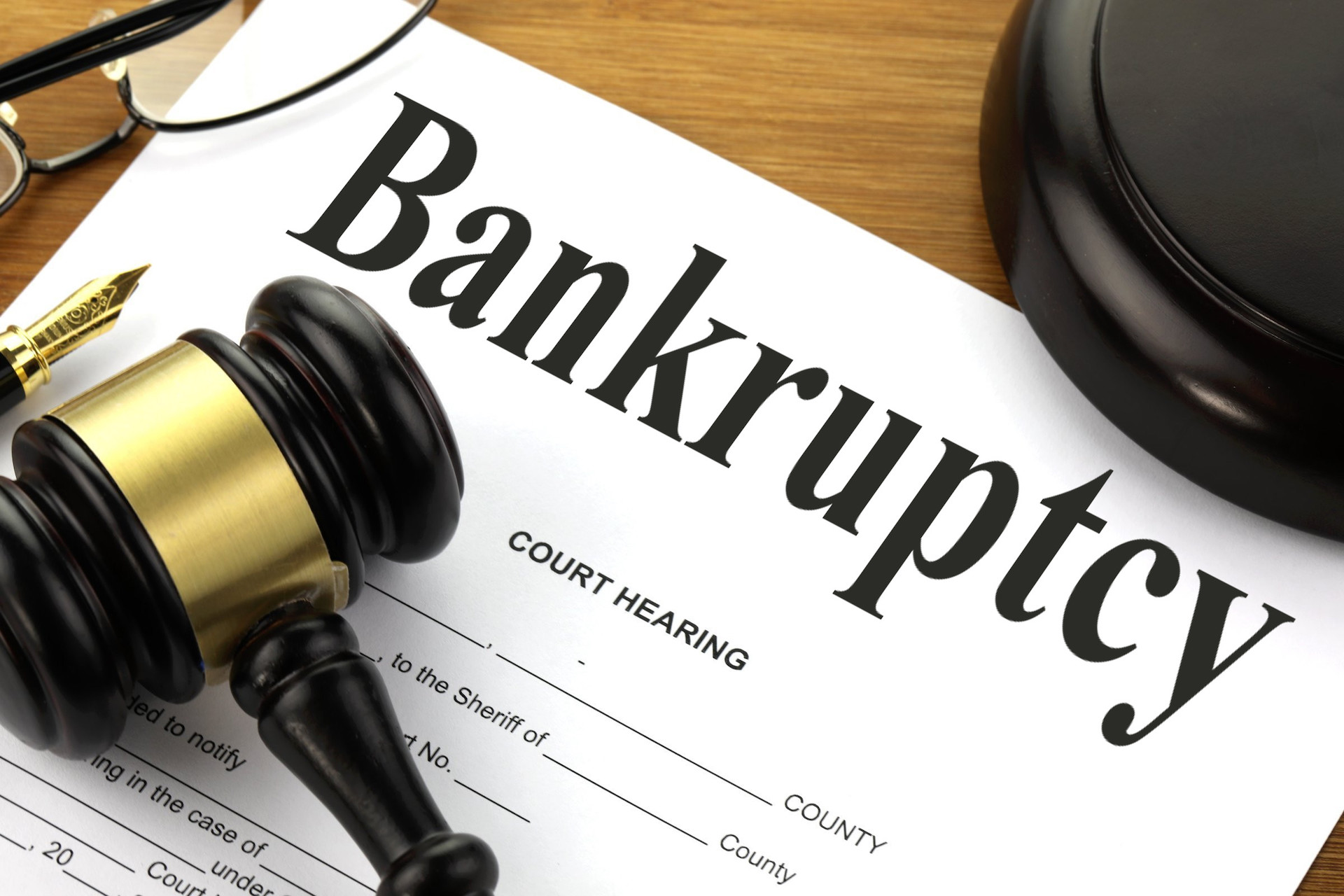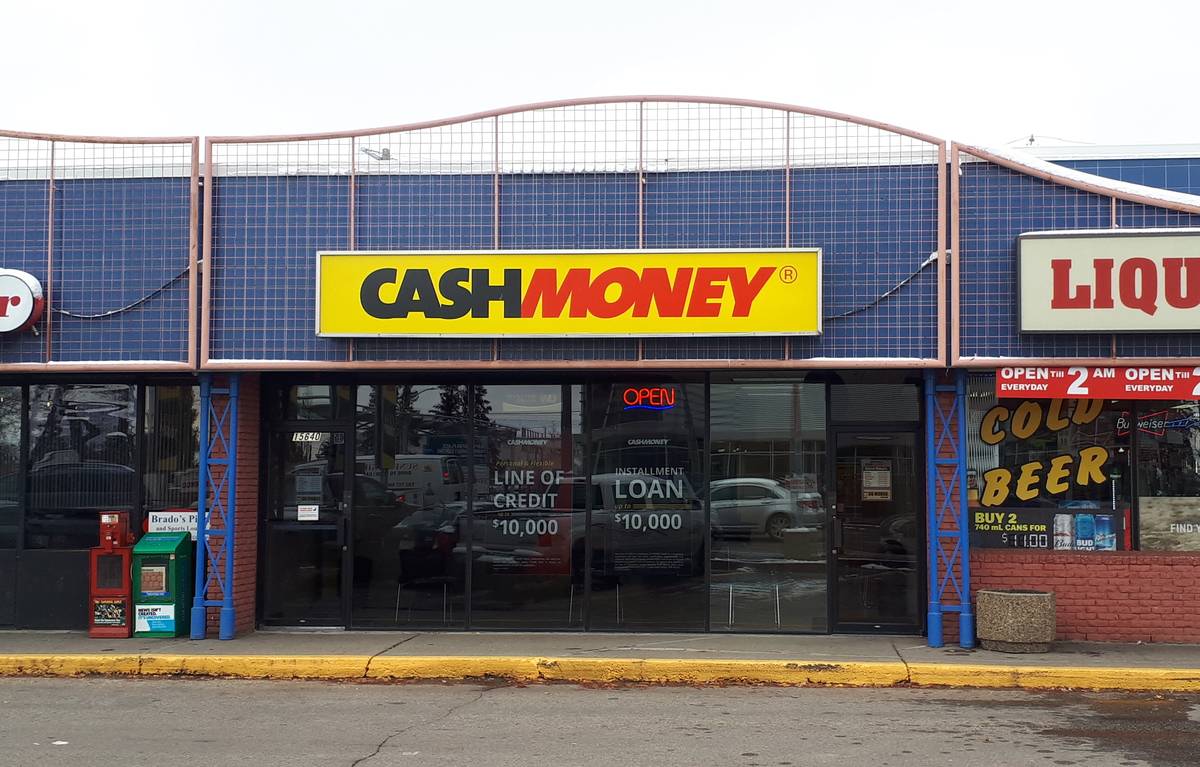Throughout the past year, both minor and major businesses have faced financial challenges, leading to an increasing number of commercial bankruptcies. In 2023, hundreds of corporations grapple with the aftermath of rising interest rates, persistent inflation, and mounting debt.
Now, a significant consumer finance company joins the ranks, filing for Chapter 11 bankruptcy as it confronts a staggering billion-dollar deficit.
Major Companies File for Bankruptcy in 2023

Bed Bath & Beyond and Rite Aid were some of the top retailer bankruptcies that shocked everyone in 2023. The two companies filed Chapter 11. While Rite Aid is continuing to operate, Bed Bath & Beyond has officially closed its doors.
Overstock.com bought Bed Bath & Beyond out of bankruptcy and adopted part of its name for a renamed e-commerce business.
Financial Services Rarely File for Bankruptcy

While it is not uncommon for companies like Bed Bath & Beyond and Rite Aid to file for Chapter 11 or Chapter 7 protection, it is rare for financial services to file. The Street notes that the last major financial service to file for bankruptcy was PGX Holdings.
The credit repair company filed for Chapter 11 in June 2023, citing “a recent loss in a court case brought by the CFPB over its billing for credit repair services,” (via Reuters).
Curo Group Finds Themselves in the Hole

However, another lender with retail locations has filed for Chapter 11 protection: Curo Group. The consumer finance company and 28 affiliates filed for Chapter 11 bankruptcy protection on March 25.
This move comes after the company found itself in a $1 billion hole after missing interest payments of $25.6 million and $11.9 million on outstanding notes.
What Is Curo Group?

Curo offers direct-to-consumer finance products like installment loans, revolving lines of credit, single-pay loans, and ancillary insurance products.
Some of the ancillary insurance products provided by the company include optional credit protection, check cashing, money transfer services, car club, and other related memberships.
The Company Exist in the U.S. and Canada

Curo also has 150 locations in Canada and is attempting to seek recognition under Canada’s Companies’ Creditors’ Arrangement Act (CCAA).
Curo’s Debt

The Chicago-based company reported $1.77 billion in assets and $2.23 billion in debt in its Chapter 11 petition, which was filed in the U.S. Bankruptcy Court for the Southern District of Texas in Houston.
According to the Street, Sparrow Purchaser LLC and CCF Intermediate Holdings, the debtor’s top unsecured creditor, owed $27 million related to litigation and $4.1 million to Donald Gayhardt for deferred compensation plan and severance.
Curo’s Recent Blow

Curo has been sued by U.S. regulators over some of its legacy loans. Regulators are claiming an alleged Curo of “churning” short-term loans into high-cost, long-term debt through repeated refinancing.
The debtor denied those allegations and said those loans existed before Curto bought the company that issued them.
Curo CEO Points Fingers at Several Issues

Douglas Clark, the CEO of Curo, blames the company’s bankruptcy on several factors.
Clark states that the company’s liquidity problems, lower-than-expected proceeds from sales on Flexiti, litigation with the purchaser of Community Choice Financial, rising interest rates, and an increase in variable advance rates under its securitization facilities.
Curo Is Hoping for Some Protection

Seeking recognition under the CCAA implies that the company has significant operations or assets in Canada, and hopes to ensure that any bankruptcy proceedings in the U.S. coordinate with Canadian laws and regulations.
This could potentially affect creditors, assets, or operations located in the U.S.’ northern neighbor.
Curo Plans to Restructure

According to Reuter, Curo has restructuring plans that would eliminate $1 billion in debt and hand control of the company to lenders. Almost three-quarters of Curo’s lenders support the restructuring plan, which will take about 120 days to complete.
“The significant support we have received from our lenders and stakeholders will allow us to move forward expeditiously as we continue to provide our customers with a variety of convenient, easily accessible financial services,” Clark said in a statement.
The Future of Curo Is Uncertain

Curo is hoping to finance its restructuring with a $70 million bankruptcy loan provided by a group of its existing lenders.
According to court documents, the company had $672 million in total revenue in 2023, and it has 2,856 employees in the U.S. and Canada (via Reuters).
